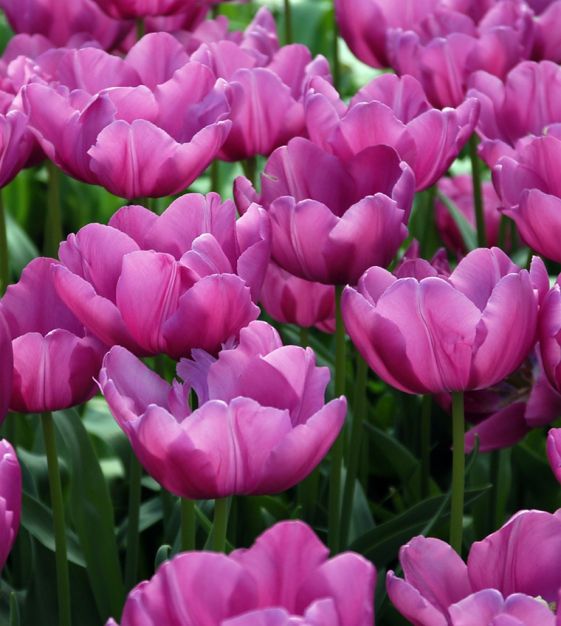What Is a Lavender Tulip (Triumph)?
A Perennial Garden Favorite, A lavender tulip is a hybrid flower that results from cross-breeding the wild species with the cultivated (also known as garden varieties). They grow up to 18 inches tall, have broad, green leaves, and their buds are light purple.
How Do You Take Care Of Lavender Tulips (Triumph)?
How Much Sunlight Can A Lavender Tulip (Triumph)Take?
Lavender tulips (Triumph) need full sun for best results. They will only grow well if they get enough sunlight during their active growing period in the spring and summer months.
Do Lavender Tulips (Triumph) Back-Up Every Year?
Yes, they do back up every year, and they do so very quickly. Depending on your climate, they may bloom in as little as three months after planting.
What Does A Lavender Tulip (Triumph)Look Like?
The Lavender Tulip (Triumph)has lavender petals with a white center, giving it a purple color overall. The flowers grow on tall stems that reach 12 inches tall when fully grown, so they look great when planted in large numbers.
Where Do Lavender Tulips (Triumph)Grow?
The Lavender Tulip (Triumph) can be grown in North America, South America, and Europe.
What Are The Environments In Which Lavender Tulips (Triumph) Grow In?

The Lavender Tulip (Triumph) will grow in USDA Hardiness Zones 4 through 8. The plant prefers excellent, moist conditions and total sun exposure. It does not tolerate extreme heat or humidity well, so if you live in a warm climate, this may not be the correct type of flower for you.
Are Lavender Tulips (Triumph)Toxic?
Lavender tulips are not toxic to humans or animals. However, if you have pets or small children around your home, you should keep these flowers away from children so that they cannot be ingested accidentally by your pets and children.
How Do You Grow A Lavender Tulip (Triumph)?
Plant the bulb about 3 inches deep with the pointed end up and about six inches from one another. After planting, water lightly, but do not overwater, as this can rot your bulb’s roots.
How Do You Care For Lavender Tulip (Triumph)?
Make sure you fertilize your flowers every two weeks during their growing cycle. You will also want to ensure that you provide them with a healthy soil environment, which means adding compost or other organic matter into your soil before planting them.
How Did Lavender Tulips (Triumph) Get Their Name?
The lavender tulip was named after the color of its petals. This variety was first bred in France in the 17th century. Tulips were already becoming popular in Europe then, although they had only been discovered in Turkey a few decades before.
Companion Plants For Tulips
Daffodil
Tall Phlox


